The Most Luxury Chinese Traditional Jewelry Technique- Filigree Inlaying
Among all the Chinese traditional techniques of making
jewelry, filigree inlaying is definitely the most eyes catching one, because of
the extraordinary skills and pure elegance reflected from the thin silver/gold
threads.
The filigree inlaying was recognized as the Intangible
Cultural Heritage of China in 2008. However, as a traditional jewelry skill, it
is still not so well-known. When talking about “luxury jewelry,” most Chinese
people only have in mind the imagines of western luxury brands and their
shining diamonds and colored stones, instead of linking “luxury” to our traditional
techniques.
However, by looking at just one famous photo of filigree
inlaying art piece, you will understand why I say it is pure luxury.
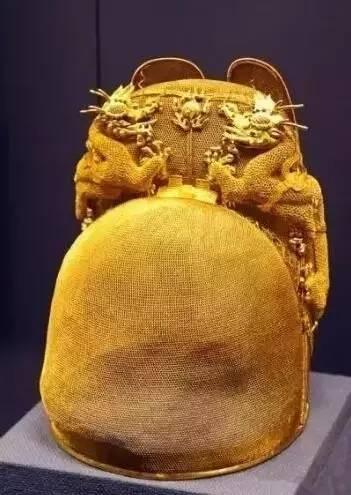
The usually complicated patterns of filigree inlaying requests
for fine silver or gold as the necessary materials, which are softer and easier
for formatting. Not only the material is expensive, by looking closer into the
eight steps of filigree inlaying techniques below, but you will also understand
better what I meant by “luxury”:
1. Layering
The silver needs to be layered into small silver bullions to
be prepared for the next step of wire drawing.
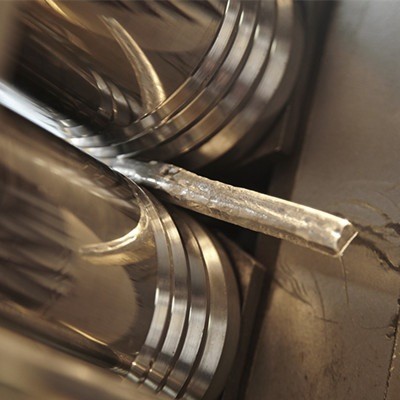
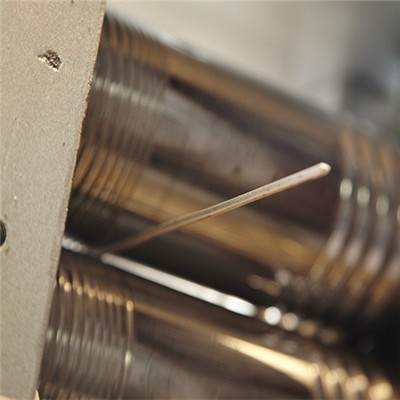
2. Wire drawing
The threads for filigree have to be thin enough to make
precise patterns. The silver bullions will pass wire drawing board which may
have around 40-50 different sizes of holes to help to make different sizes of
threads. Sometimes it could take more than ten times wire drawing to reach a
wanted result.
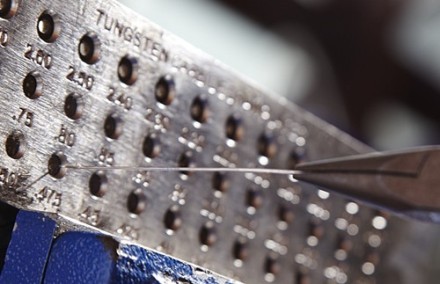
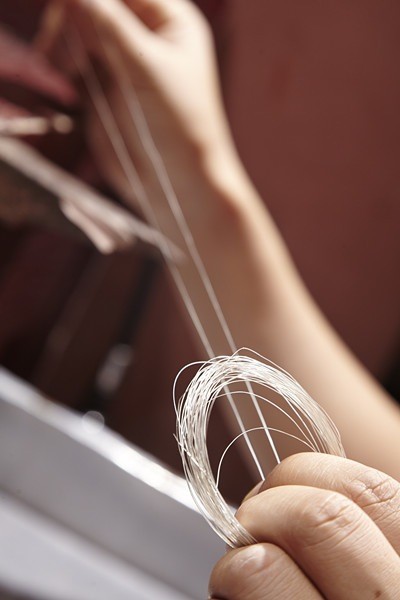
3. Nipping
The threads will be shaped into different patterns by using
tweezers and hammers, which would require endless patience to make just one
accessory.
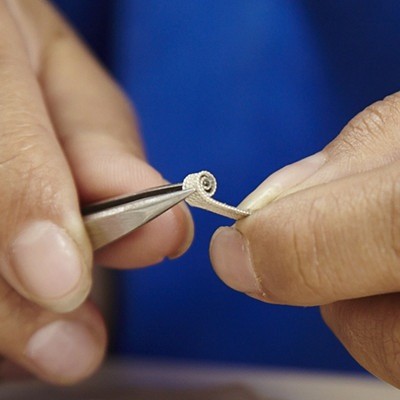
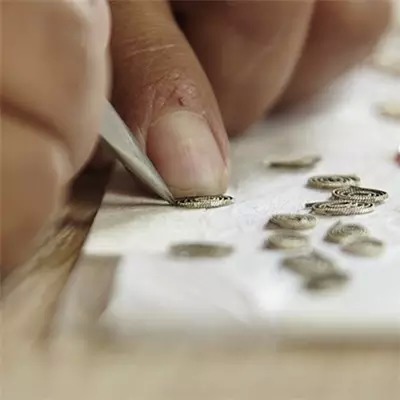
4. Filing
The accessories of the jewelry are now ready to be filled
into the blanks of mold prepared.
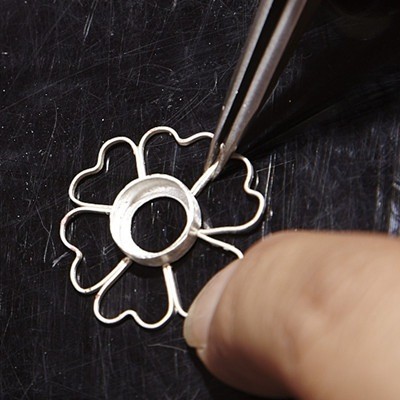
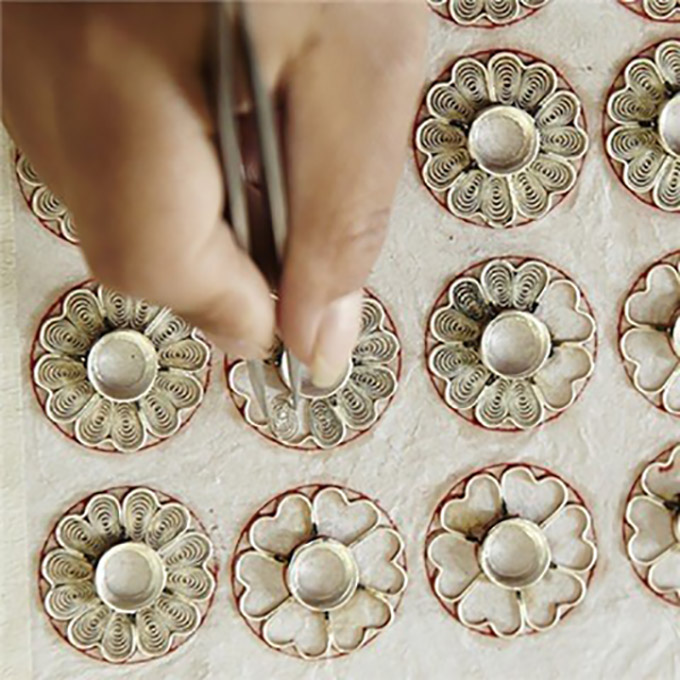
5. Stacking
If a piece of jewelry contains more than two types of
patterns, then we will need to “stack” these patterns together.
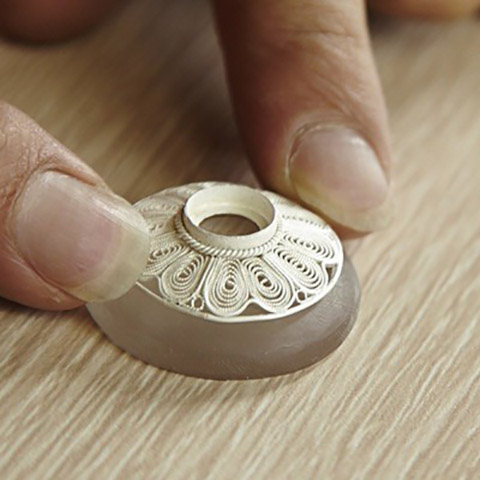
6. Plating
To put different
types of mold together is called plating. To fit different kinds of a frame
into each other is again a step of trying and adjusting of a long time.
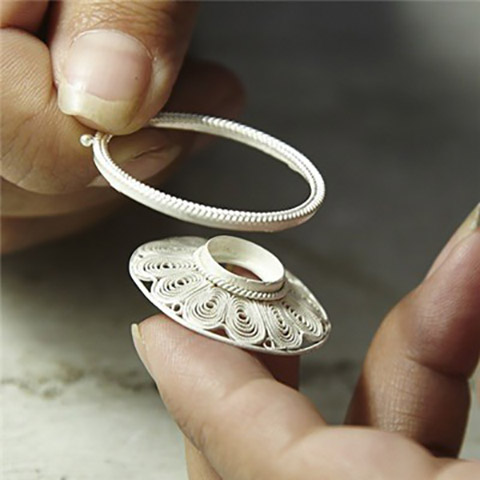
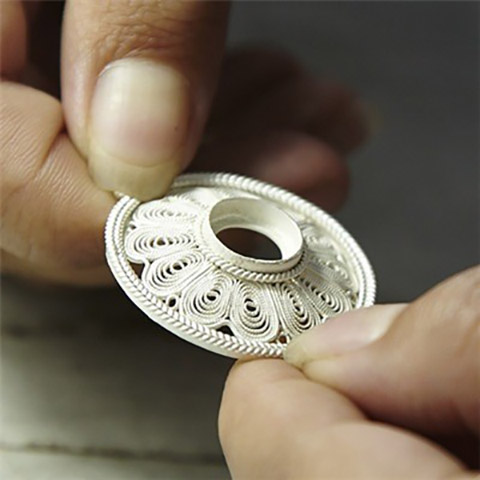
7. Jointing
Jointing is necessary to make sure each part stick together
and stable enough for long time wearing. It happens quite often that the
threads are melted during jointing due to the high temperature. Only those
sophisticated masters are capable of joint a piece of filigree jewelry without
any flaw. 0.02-0.05mm threads are not something everyone can work on!
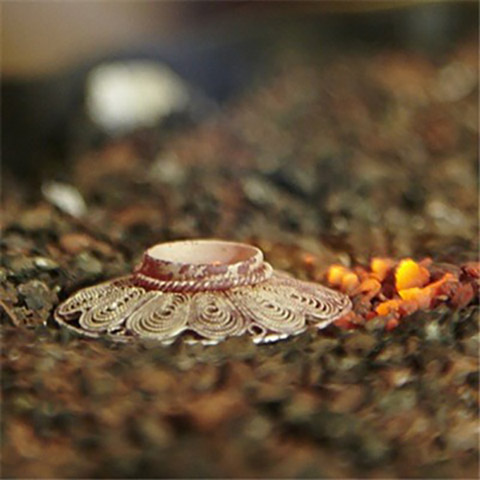
8. Inlaying
Inlaying is the last step of Filigree Inlaying skill. People
believe this final step is as “to dot
the eyes of a painted dragon.“ Even this is only one step, and it brings life
to the jewelry!
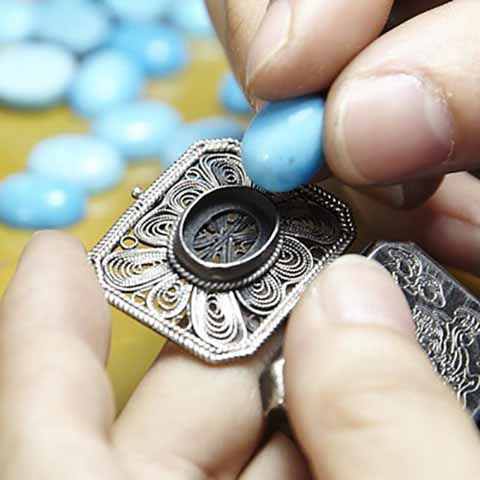
Imagine that: you
have to work on a piece of filigree jewelry by thin threads and are not allowed
to make one mistake, because it will destroy the whole piece of jewelry; Sounds
like a mission impossible, right? Miss Stone tried once recently and spent a
full day making a small and simple piece, and achieved an embarrassing
semi-made result as below:
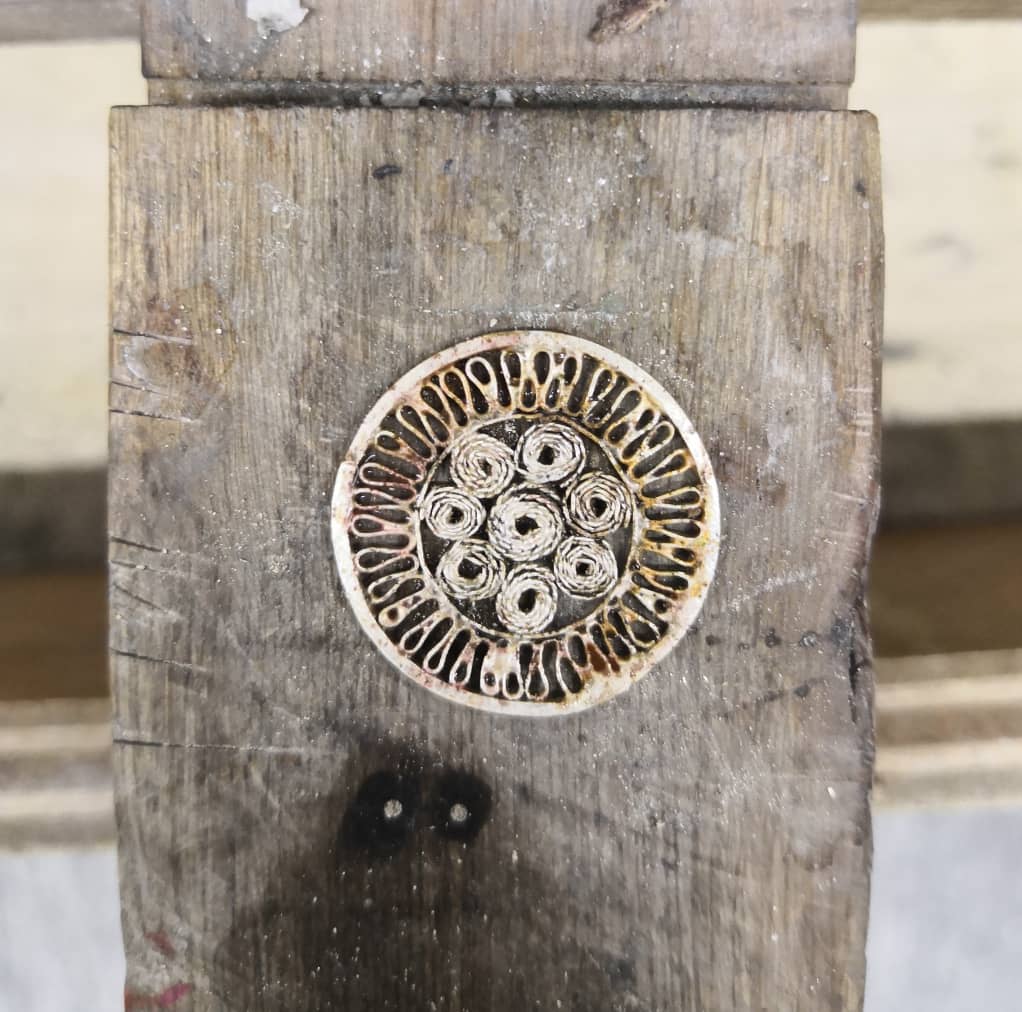
The filigree inlay art has been an import part of Chinese jewelry history for the past two thousand years. It has been a pity that this art is fading away a bit. Luckily, in some parts of China such as Beijing, Chengdu and Guizhou province, we can still find many artisans who are still able to practice this skill and create beautiful art pieces. We truly hope more people will learn, understand and fall in love with it, just like us.
Check out your filigree inlaying jewelry by clicking here.
- Company Info
- Feedback
- Customer Reviews
- About Us
- Blogs
- User Center
- Forget Password
- My Orders
- Tracking Order
- My Account
- Register
- Support & Policies
- Shipping & Delivery
- Cancel & Returns
- Customs & Taxes
- Privacy Policy
